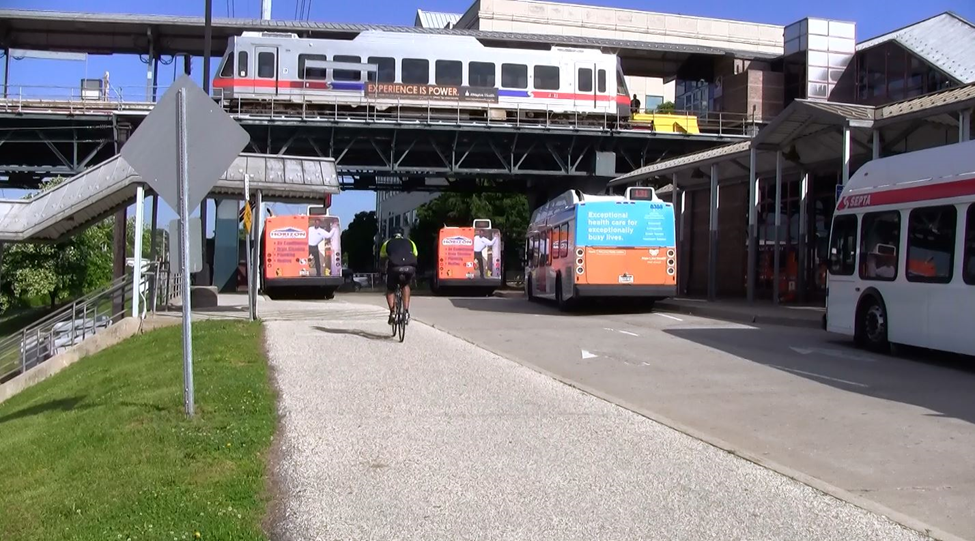The Great Asynchronization and its Impact on Mass Transit – Transportist
- GVF TMA
- Apr 5, 2024
- 1 min read

"The Great Synchronisation" is a shorthand for describing the long historical process of increasingly precise coordination of time and activities. This began with the development of standardised calendars for agriculture. Mechanical clocks, often accompanied by town bells and factory whistles and which enabled the precise measurement, coordination, and communication of time. Schedules became a fundamental part of daily life, dictating work shifts, school hours, and transport timetables.
The Industrial Revolution furthered the need for synchronisation, with factories requiring workers to adhere to strict schedules to maintain efficiency, comporting the human, transformed effectively into a robot for the duration of the workday, to the assembly line, replacing the craftsmanship of the artisan, allowing an upscaling of total economic output at the cost of individual autonomy.
Urbanisation demanded the coordination of public services and transport to accommodate city dwellers, particularly the precisely scheduled factory workers, and schools to watch their children while the workers laboured. The concept of Just-in-Time delivery and production in manufacturing exemplifies this synchronisation, requiring precise coordination of material orders with production schedules not only within organisations, but between them.






















